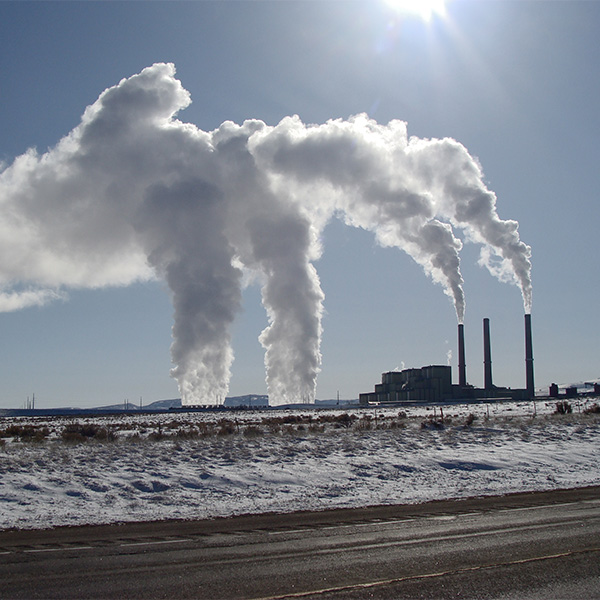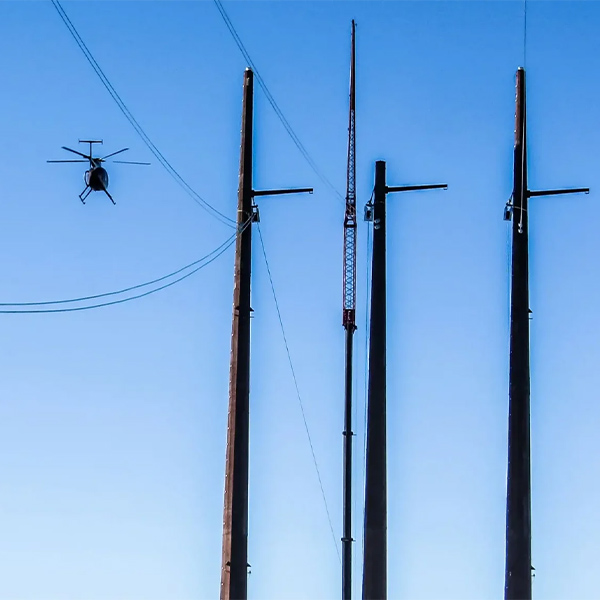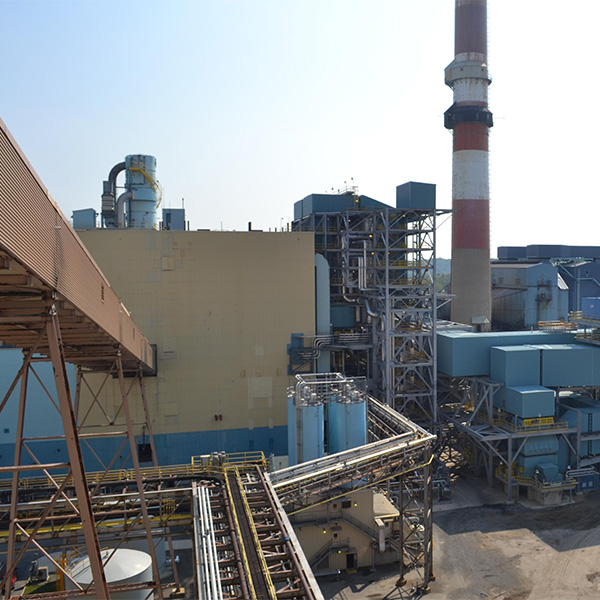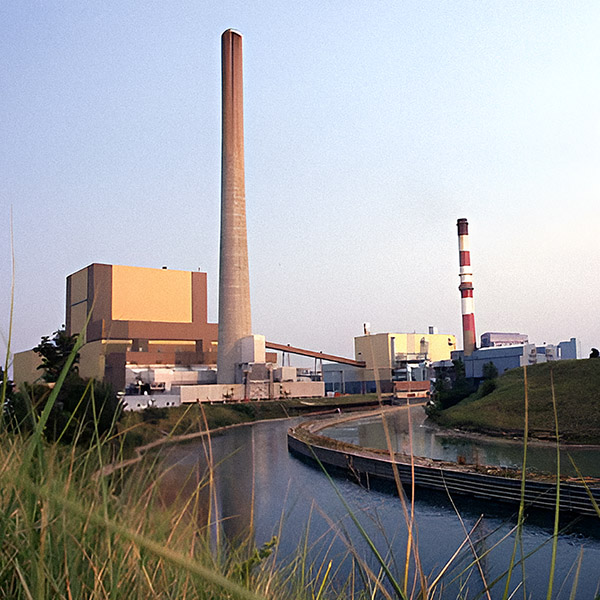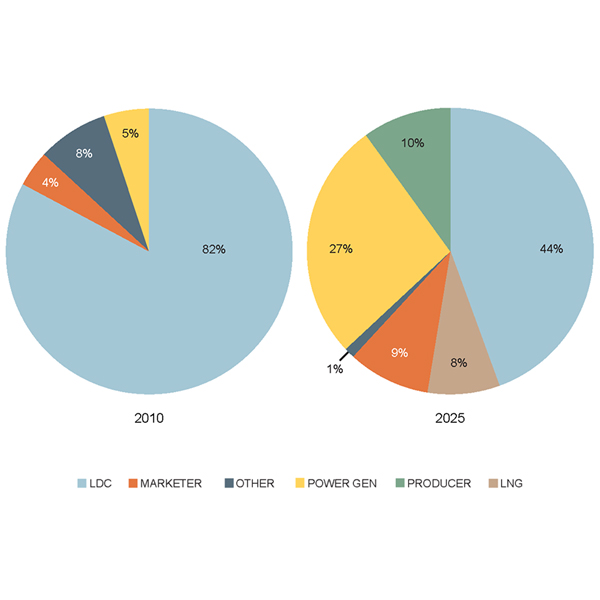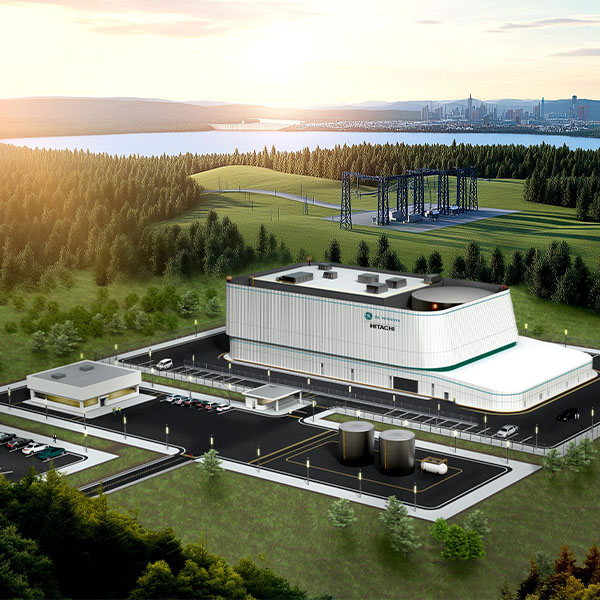U.S. Department of Energy (DOE)
DOE has ordered a non-operational 427-MW coal-fired generator in Colorado to be repaired and remain available for 90 days.
After a long decline in the U.S., coal-fired generation is enjoying strong policy support in the second Trump administration.
MISO and the Minnesota Department of Commerce said federal funding for the Joint Targeted Interconnection Queue portfolio is still in play, though they didn't offer any additional details.
DOE is exceeding its authority by using Federal Power Act Section 202(c) to keep the J.H. Campbell coal plant in Michigan running under several consecutive “emergency” orders, opponents argued in recent court filings with the D.C. Circuit.
MISO officials clarified the J.H. Campbell coal plant — kept online and in retirement limbo by the Department of Energy’s series of emergency orders — is not eligible for the RTO’s capacity market and is not receiving special treatment for dispatch.
Citing an energy “emergency” in the Northwest this winter, DOE ordered TransAlta to continue operating Washington’s last coal-fired generating plant for three months beyond its scheduled retirement at the end of this year.
Attendees at the gridCONNEXT conference, including the acting under secretary of energy and U.S. representatives, debated federal energy policy.
The National Petroleum Council is the latest group urging reforms to address gas-electric coordination including pipeline expansion, and reforms to organized power markets and pipeline tariffs.
The U.S. Department of Energy awarded $800 million to the Tennessee Valley Authority and Holtec Government Services to support construction of what may be the country’s first advanced small modular reactors.
Livewire columnist K Kaufmann argues that clean energy supporters should focus on a strategically planned, outcome-focused, and rapidly achievable transition toward renewables.
Want more? Advanced Search
